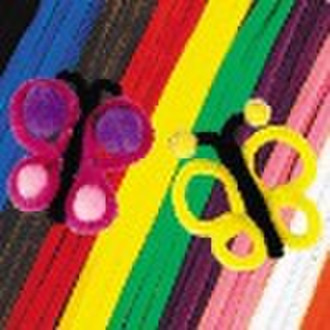Каталог
-
Каталог
- Автомобили и мотоциклы
- Безопасность и защита
- Бизнес
- Бытовая техника
- Бытовая электроника
- Детали машин и услуги по их изготовлению
- Дом и Сад
- Здоровье и медицина
- Игрушки и хобби
- Изделия из металла
- Измерительные и анализирующие приборы и инструменты
- Инструмент
- Красота и личная гигиена
- Мебель
- Мероприятия по охране окружающей среды
- Минералы и металлургия
- Модные аксессуары
- Обувь и аксессуары
- Одежда
- Освещение
- Подарки, сувениры
- Продовольственные товары и напитки
- Промышленное оборудование и техника
- Резина и пластмассы
- Сельское хозяйство
- Специальное оборудование
- Спорт, отдых и досуг
- Сток
- Строительство и недвижимость
- Текстиль и кожа
- Телекоммуникации
- Товары для офиса, учебы. Канцтовары
- Транспорт
- Упаковка и печать
- Химикаты
- Часы, Украшения, Очки
- Чемоданы, сумки
- Электронные компоненты, оборудование, принадлежности
- Электротехническое оборудование и принадлежности
- Энергия
Filters
Search

синели стебель, трубоочиститель
ориг. цена: 0,30 USD
Дунгуань, Китай
Объем производства:
1000000 Пакет / Месяц

Gavin Guo
Контактное лицо
Основные данные
A pipe cleaner is a type of originally intended for cleaning . Besides cleaning pipes, they can be used for any application that calls for cleaning out small bores or tight places. Special pipe cleaners are manufactured specifically for cleaning out medical apparatus and for engineering applications. They are popular for catching drips, tying up things, colour coding, and applying paints, oils, solvents, greases, and similar substances. Smoking pipe cleaners normally use some absorbent material, usually or sometimes . Bristles of stiffer material, normally or are sometimes added to better scrub out what is being cleaned. Microfilament is used in some technical pipe cleaners because polyester wicks liquid away rather than absorbing it as cotton does. Some smoking pipe cleaners are made or so that one end is thick and one end thin. These are useful to use the thin end for the small bore of the pipe stem and then the thick end for the bowl or the wider end of the stem. When cleaning a pipe, pipe cleaners are normally discarded after one or two uses. Many children enjoy bending pipe cleaners into various shapes. "Craft" pipe cleaners are usually made with or pile and are often longer and thicker than the "smoking" type, and available in many different colors. Craft pipe cleaners are not very useful for cleaning purposes, because the polyester does not absorb liquids, and the thicker versions may not even fit down the stem of a normal pipe. Because "sharp" ends of a pipe cleaner are needed to push ends into backing material to hold up objects they should not be left for children under five to play with, unless under supervision. Smoking pipe cleaners are usually 15 - 17cm (6 - 7 inches) long. Craft ones are often 30cm (12 inches) long and can be up to 50cm (20 inches) long.
Условия поставки и упаковка
Packaging Detail: 200bag/carton Delivery Detail: 10-25days
Порт: shenzhen
Условия оплаты
Электронный перевод
Вестерн Юнион
-
Способы оплаты
Для оплаты товаров и услуг на нашем портале, Вы всегда получаете счет, в котором Вам необходимо самостоятельно указать свои данные.
Мы принимаем к оплате:














